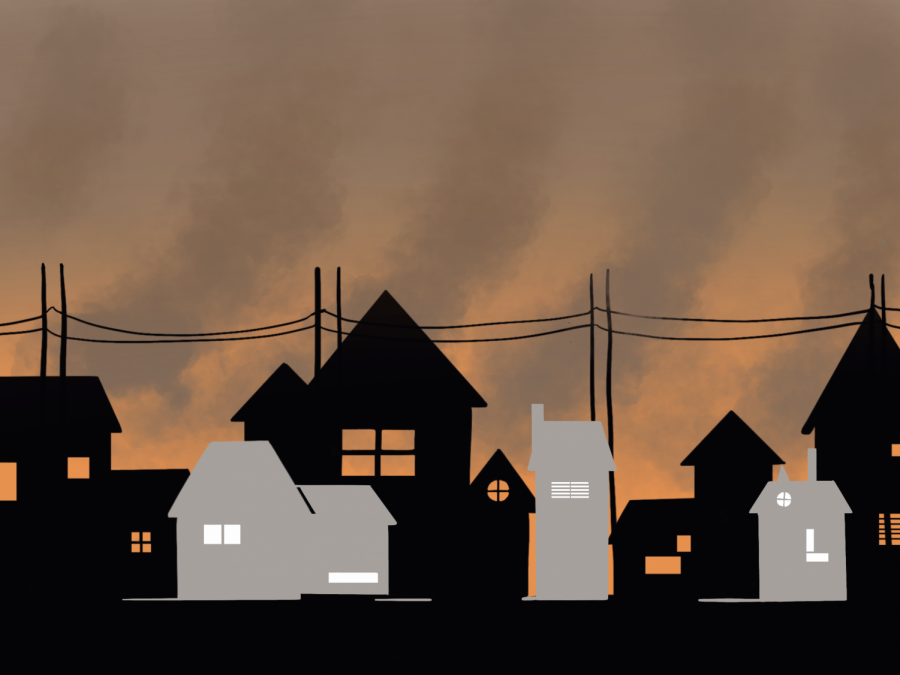The Environment During COVID-19
November 20, 2020
At the beginning of the pandemic, things were looking up for the environment. Human activity began to slow, and various signs of improvement began to appear. A video in March made headlines showing the clearing of Venice’s canals. Videos from around the world showed clearer skies and more signs of wildlife. However, many of these changes, while nice, are short-lived.
At first, the quarantine may appear as though it would benefit the environment. A lockdown would prevent people from going out and traveling, and vehicles would be reducing their emissions. Skies would be clearer, waterways would be cleaner, traffic would be reduced, and wildlife would make its way back into former habitats. This was best illustrated in the aforementioned city of Venice, Italy. With the lack of tourists, very few people used the canals, and the sediment settled, allowing for clearer waters. With clearer waters and a lack of traffic, fish were seen swimming into the canals, a sign that wildlife was returning.
However, a lockdown comes with many drawbacks as well. Being at home results in an increase of waste per capita. While emissions from transportation may have decreased, residential power use will instead increase, as people begin to use electricity more at home. The pandemic has also disrupted the economy, which has sent major shockwaves throughout the world. With the economy’s collapse, millions of people have been forced into poverty, as supply chains throughout the world have been broken.
“A severe and prolonged deepening of global poverty is also likely to reduce available resources for climate mitigation and adaptation, increasing climate risks and exacerbating climate-related inequities,” said Dr. Noah Diffenbaugh, a climate scientist. Poverty also forces people to turn to cheaper alternatives for energy, such as coal. This wave of poverty could potentially worsen the climate later on.
While the climate crisis may have been somewhat alleviated by the reprieve from emissions, the worst is yet to come. The lowered greenhouse gas emissions were only temporary. As countries come out of lockdown, the greenhouse gas emissions will continue to rise, as society reaches a new normal. Restarting the economy may actually worsen the environment, as countries turn to cheaper alternatives for energy.
According to National Geographic, China has shown signs of a dirty recovery, and have handed out more permits for coal-fired power plants in March than all of 2019. Despite shifting towards clean energy, the pandemic has shifted China back towards using coal. Since coal is a lot cheaper than clean energy, it was used in order to jumpstart the economy. However, the coal plants are not temporary, and they will continue to pollute even after the economy fully recovers. China’s emissions returned to pre-coronavirus levels and even exceeded them in some places. If this pattern is replicated in other countries during their economic recoveries, then things will continue to get worse for the environment.

